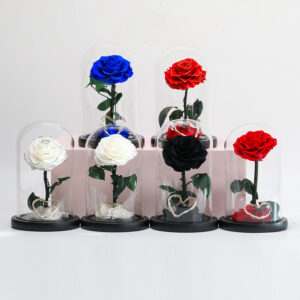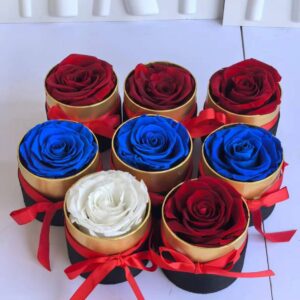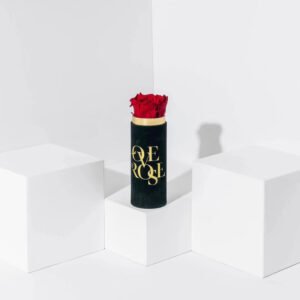
Preserved flowers offer the elegance of fresh blooms with extended longevity, making them a popular choice for gifts and decor. However, their durability is influenced by environmental factors such as humidity, temperature, and light exposure. Understanding how to care for preserved flowers in different climates is essential for maintaining their aesthetic appeal.
Understanding the Impact of Climate on Preserved Flowers
Humid Climates
In regions with high humidity, preserved flowers are susceptible to moisture absorption, leading to:
- Mold Growth: Excess moisture can foster mold and mildew.
- Color Fading: Humidity can cause dyes to bleed, diminishing vibrancy.
- Structural Deformation: Moisture can alter the shape and texture of petals.
Care Recommendations:
- Dehumidifiers: Utilize to maintain indoor humidity below 60%.
- Silica Gel Packets: Place near arrangements to absorb excess moisture.
- Ventilated Storage: Store in well-ventilated areas to prevent moisture buildup.
Dry Climates
In arid environments, low humidity can cause preserved flowers to become brittle and fragile.
Care Recommendations:
- Humidifiers: Introduce moisture to maintain a balanced environment.
- Avoid Direct Heat: Keep flowers away from heaters and direct sunlight.
- Regular Monitoring: Check for signs of dryness and adjust humidity levels accordingly.
Temperate Climates
While temperate climates are generally favorable, seasonal changes can still affect preserved flowers.
Care Recommendations:
- Stable Environment: Maintain consistent temperature and humidity levels.
- Indirect Light: Place arrangements away from direct sunlight to prevent fading.
- Protective Display Cases: Use to shield flowers from environmental fluctuations.
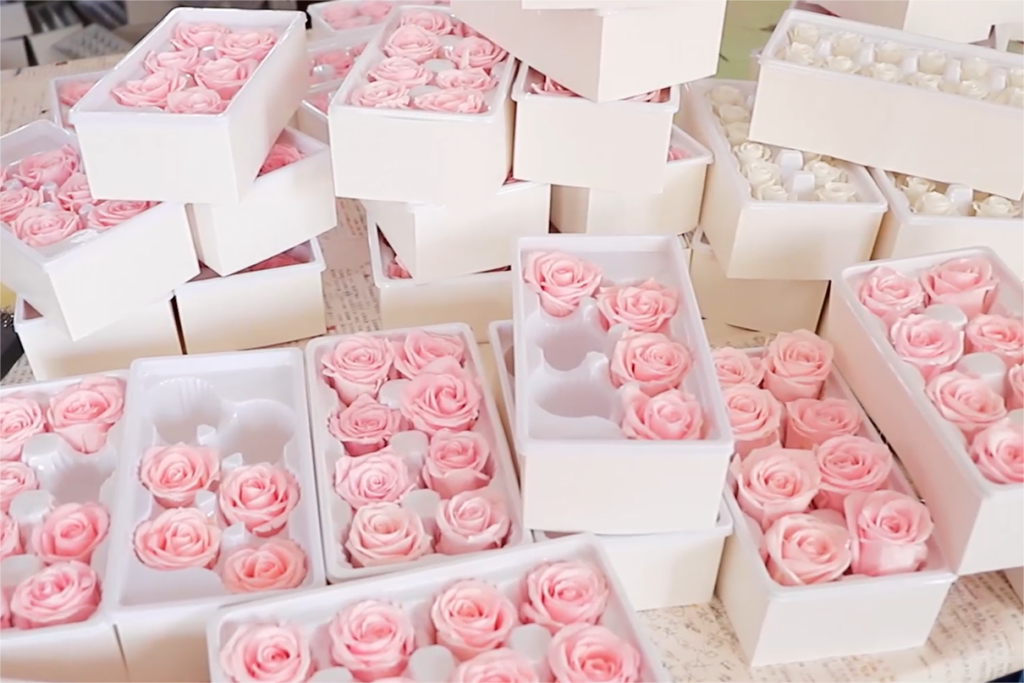
Additional Factors Influencing Preserved Flower Longevity
Light Exposure
Prolonged exposure to direct sunlight can fade the colors of preserved flowers. It’s advisable to:
- Display in Indirect Light: Choose locations with diffused lighting.
- UV-Protective Glass: Use display cases with UV protection to minimize light damage.
Temperature Fluctuations
Extreme temperatures can compromise the integrity of preserved flowers.
- Optimal Temperature Range: Maintain indoor temperatures between 60°F and 75°F (15°C to 24°C).
- Avoid Drafts: Keep flowers away from air conditioning vents and open windows.
Handling and Maintenance
Preserved flowers are delicate and require gentle handling.
- Dusting: Use a soft brush or a hairdryer on a cool, low setting to remove dust.
- No Watering: Unlike fresh flowers, preserved ones do not require water. Introducing moisture can cause damage.
Best Practices for Storing Preserved Flowers
- Cool, Dry Environment: Store flowers in areas with controlled temperature and humidity.
- Avoid Plastic Containers: Use breathable materials for storage to prevent moisture buildup.
- Regular Inspections: Check for signs of mold, discoloration, or brittleness and take corrective actions promptly.
Conclusion
Caring for preserved flowers requires an understanding of how environmental factors affect their longevity. By implementing climate-specific care strategies and maintaining optimal storage conditions, you can ensure that these beautiful blooms remain vibrant and intact for years to come.
For further assistance or inquiries about our range of preserved flower products, please contact us at inquiry@sweetie-group.com.
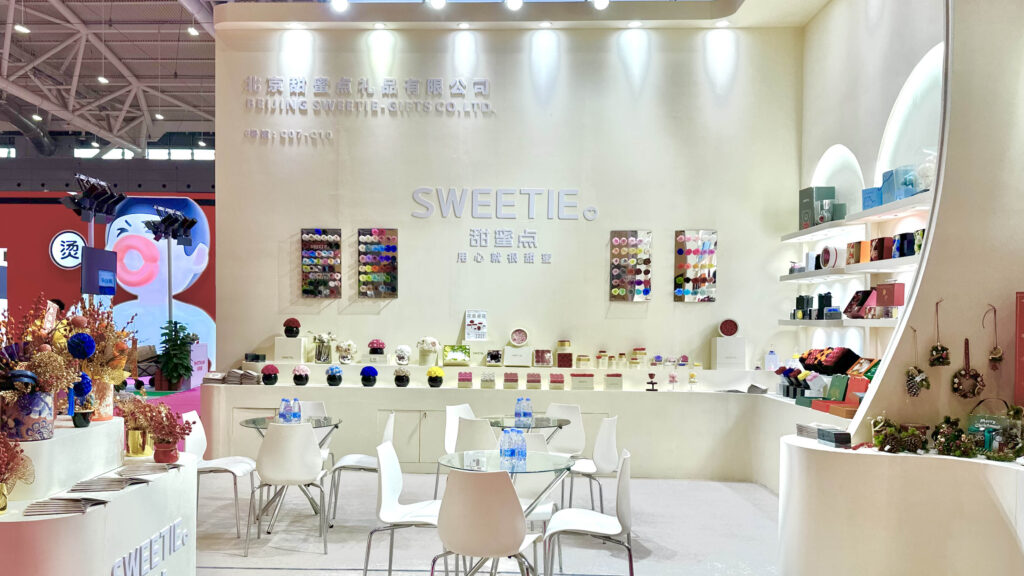
Warm regards,
Annie Zhang
CEO, Sweetie-Gifts






